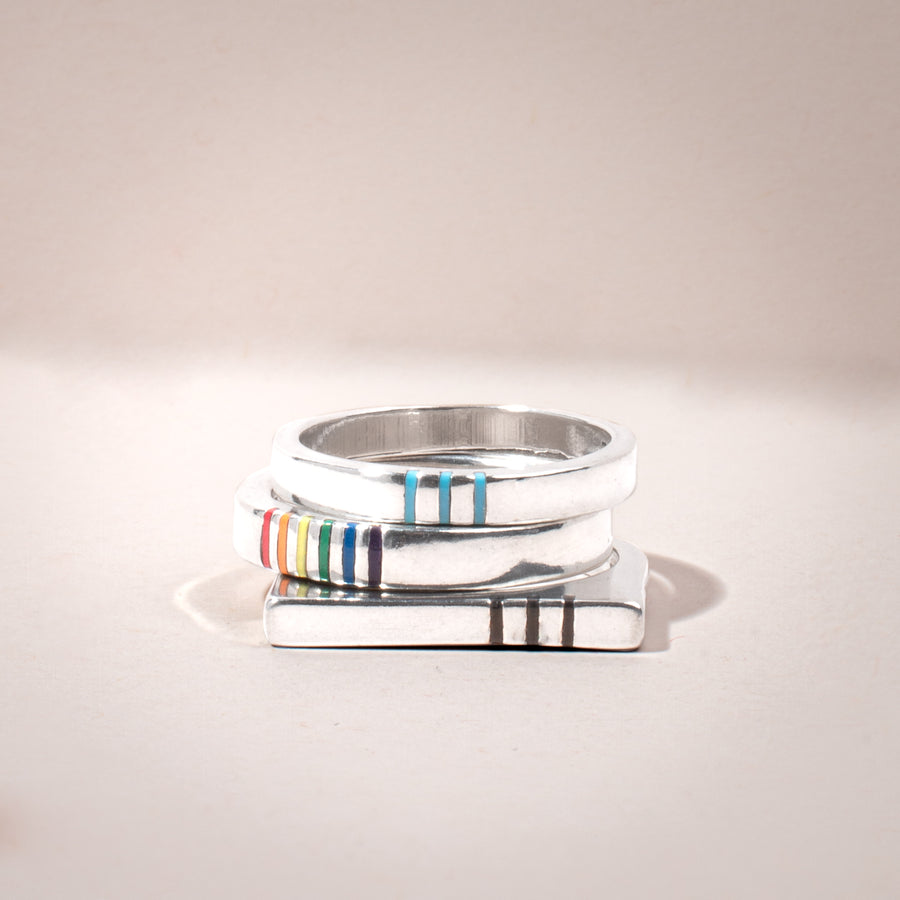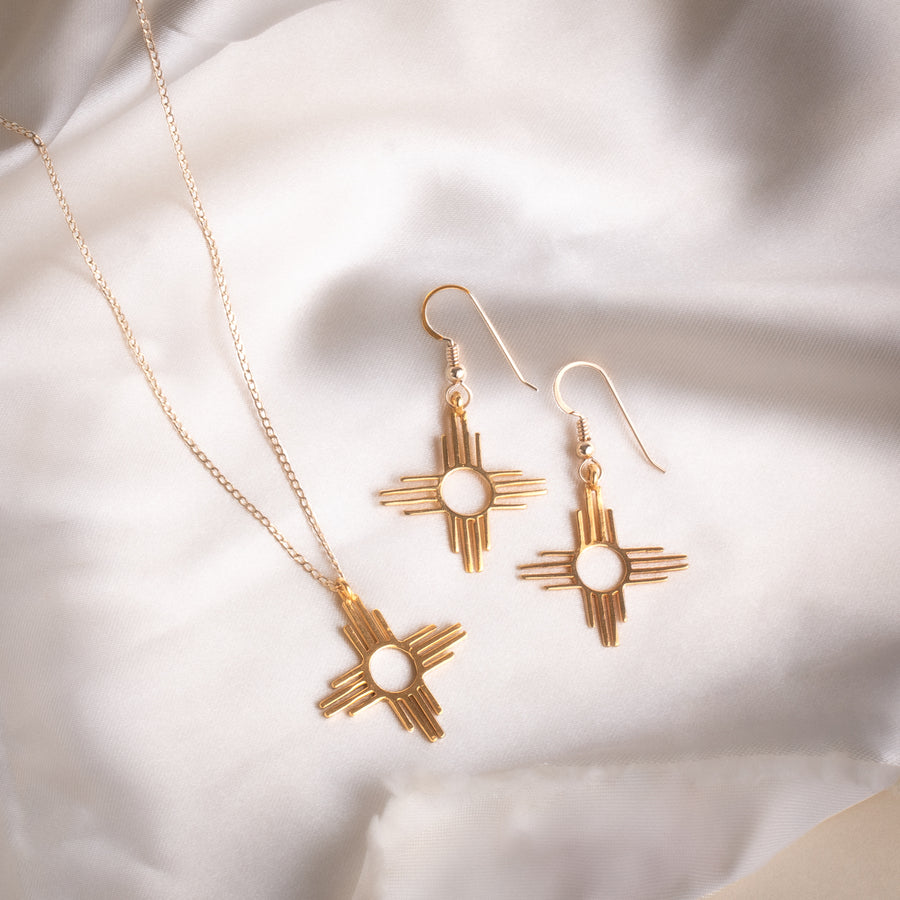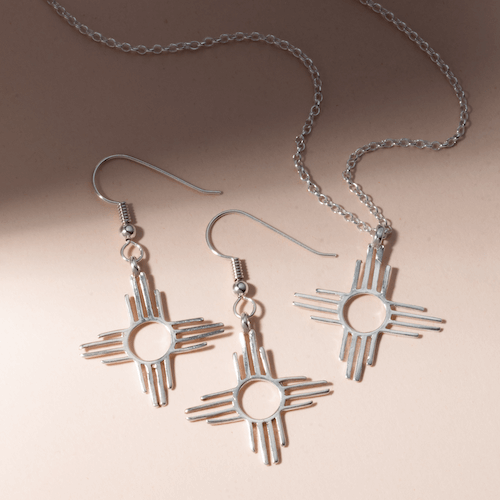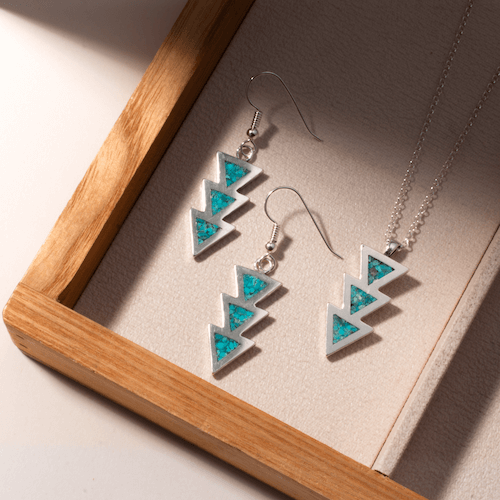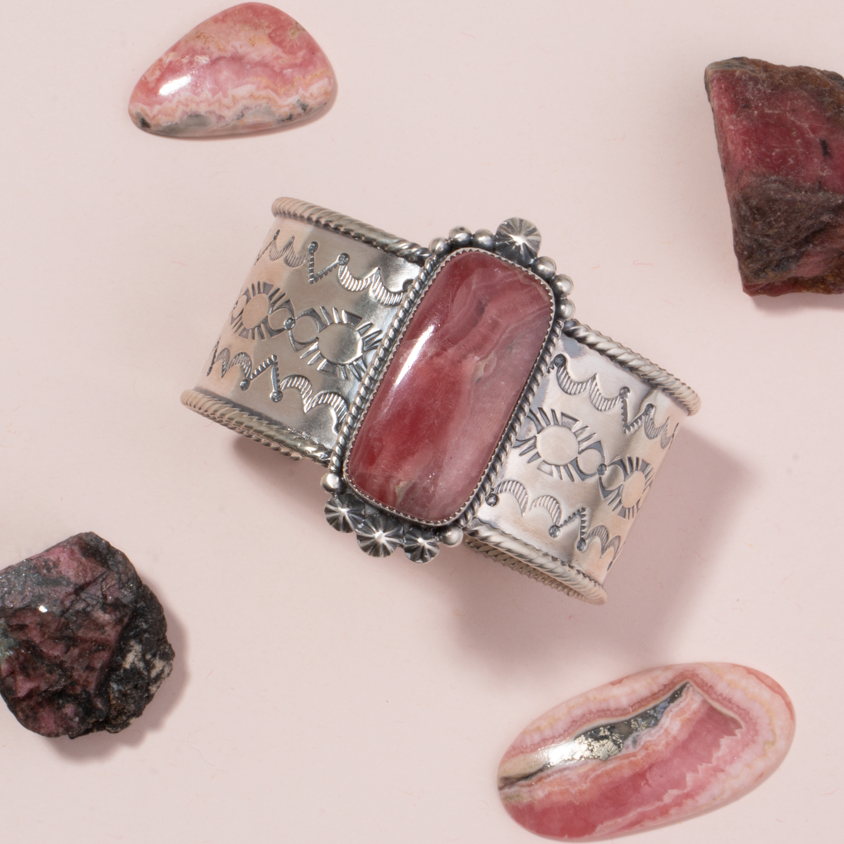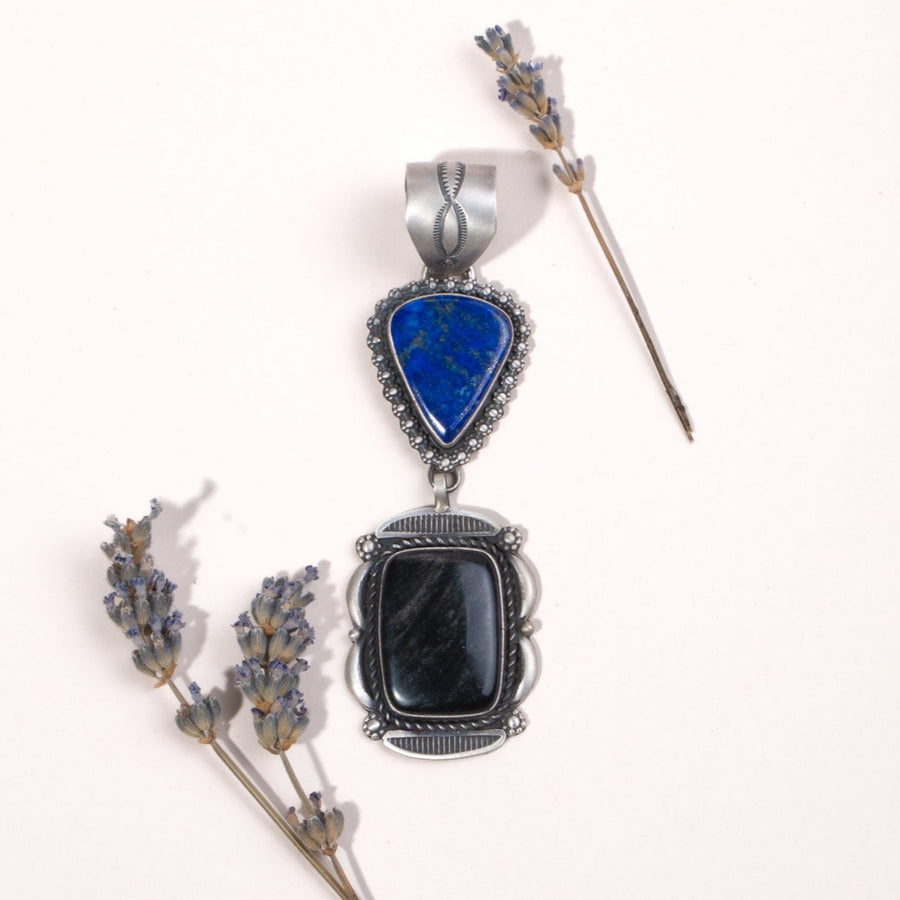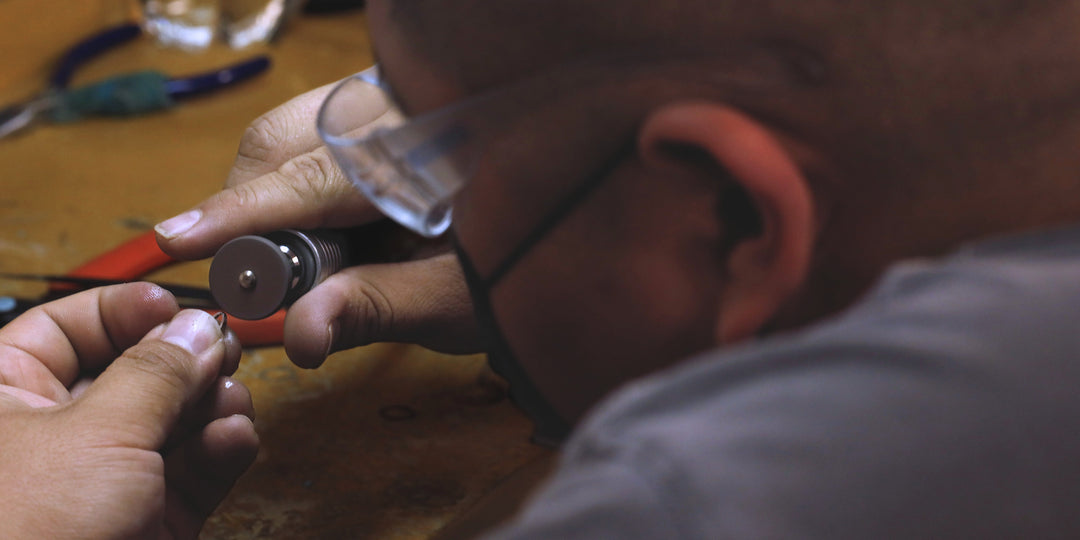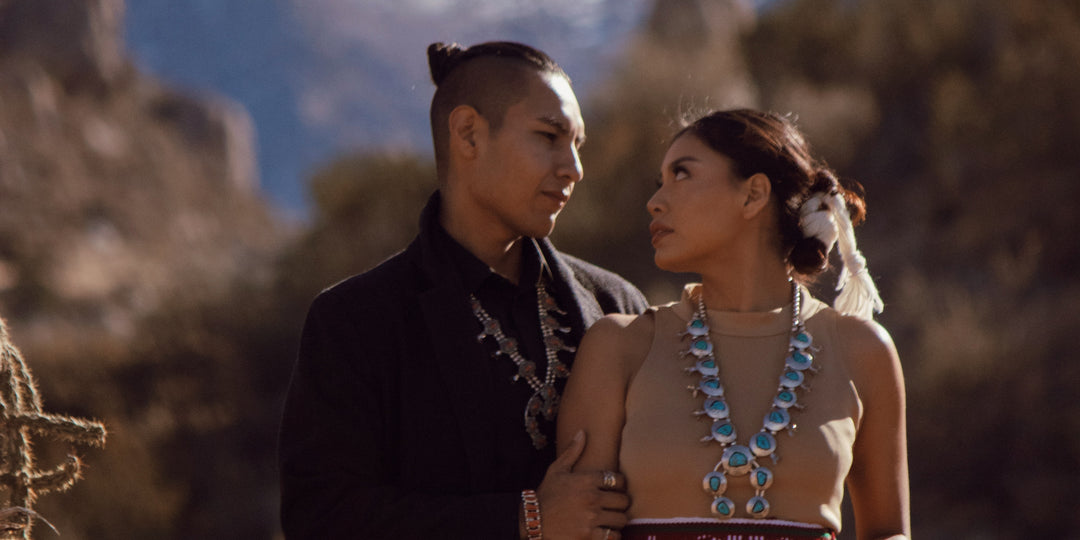Hallmarks on Native American Jewelry
Signatures are a way for artists to make a statement about their work, to claim the inspiration and skill for creating a piece of art. The public recognizes the value of a signed painting or sculpture. But is there a parallel type of “signature” for Native American jewelry? The answer is yes and no. Or perhaps more accurately, sometimes there is such a signature.

One type of signature found on jewelry is what is known as a hallmark. This is an impression made by holding a stamp punch on the silver and striking it with a hammer, leaving a mark that can be faint or deep. The mark can contain letters, pictures or symbols. An artist can also use an engraving pen to sign their name on a piece.
Not all jewelry has a hallmark. This is particularly true with vintage jewelry. Most early silversmiths did not place their stamp on their pieces. For many of them, their art was a part time job that helped bring in income along with their fields and their sheep. Those living close to larger cities often sold their own work at train stations and other public areas. Others used an intermediary, such as a trader or store owner. Having a shop which sold their pieces offered a steadier income for silversmiths, but at the expense of time to farm and raise sheep. Some shops did place marks on their work, often in the form of an image that related to the name of the business, but this was not a guarantee of authenticity. Shops could and did employ anyone, so the artist was not necessarily Native American.
The use of hallmarks changed after World War II with the advent of the Hopi and Navajo guilds which were set up to aid silversmiths and jewelry makers. These guilds encouraged the use of a hallmark as a form of signature for the work they sold. The hallmark was placed on the piece along with the guild stamp. Through the 1950s and 1960s, the guilds continued to encourage the artists to stamp their work.
During the 1970s that encouragement received a boost through collectors’ growing interest in knowing not just the tribe of the artist but their individual name. As a result of this newfound popularity for their specific work, many silversmiths began using a hallmark to differentiate their pieces from the work of others. The hallmarks began to distinguish the work of many of the popular artisans of vintage jewelry.
There are some drawbacks, however, in using hallmarks to determine authenticity or the work of a particular artist. Over the years, some hallmarks have fallen out of use and information regarding which artist used the mark has been lost. So the authenticity of these pieces cannot be validated.
Along with disuse, there is the problem of duplication. Artists have used their initials, or even a single letter as their signature hallmark. Naturally, the same letter has been used more than once. So there can be some difficulty in authenticating which artist signature it is. Sometimes the artist may change their hallmark during their career, or a family member may use the same mark on their work. This can create confusion as to which individual artist created the piece.
Judging a work’s creator or authenticity by a hallmark can be difficult due to these issues. It is never a good idea to depend on a mark alone to determine the background of a piece you’re interested in. Instead, the hallmark should be included among the provenance, the style of the piece, and the quality of the workmanship and the materials used in its creation. It is always a good idea to consult with a reputable dealer to ensure the piece of jewelry you purchase is an authentic piece of Native American jewelry created by one of the many talented silversmiths working at their craft.
Resources:
https://nativeamericanjewelrytips.wordpress.com/2014/08/22/what-is-a-native-american-hallmark/
https://www.palmstrading.com/how-do-you-know-its-authentic-jewelry/
